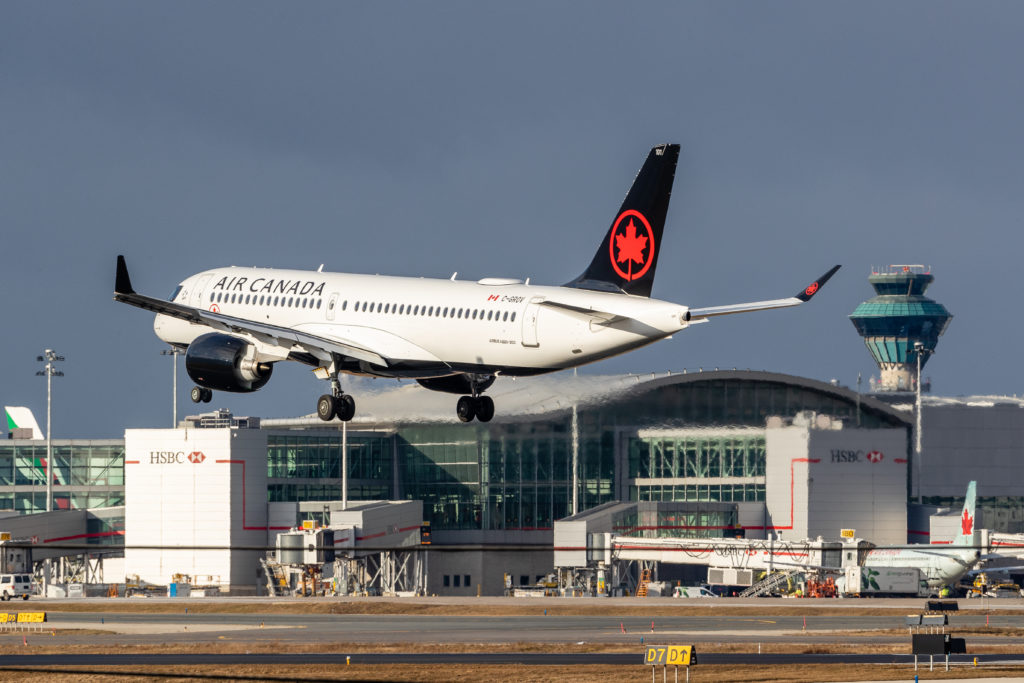Estimated reading time 4 minutes, 2 seconds.
Nav Canada announced on June 6 that it is the first air navigation service provider (ANSP) in North America to deploy Intelligent Approach — an arrivals spacing tool that safely optimizes runway capacity in order to increase revenue, improve operational resilience, and decrease environmental impacts.
The new technology is now operational at Toronto Pearson airport, and “adds additional tactical capacity across the airport’s five runways,” said Nav Canada.
Developed in partnership by U.K. ANSP, NATS, and technology provider, Leidos, Intelligent Approach works to optimize the gaps between aircraft arriving at an airport based on live weather data and the aircraft type — rather than relying on set distances. “It then translates that into a graphical marker on a controller’s radar screen, helping to improve spacing consistency and maintain the landing rate, even in strong headwinds,” a Nav Canada press release reads.

As a result, Intelligent Approach helps to decrease delays and cancelations caused by inclement weather, and reduces the need for stack holding — which saves fuel and reduces CO2 emissions.
According to NATS and Leidos, adopting Intelligent Approach “requires little or no change to flight deck procedures. Aircraft continue to be radar-vectored onto final approach in the same way and at the same speeds as under the previous procedures.”
The technology also integrates easily with existing air traffic management systems, and requires little training for the controller. Nav Canada worked with NATS and Leidos to transition to the Intelligent Approach system on May 28.
“Delivering Intelligent Approach for Toronto during a global pandemic has been an enormous team effort across Nav Canada, NATS, and Leidos,” said Guy Adams, NATS strategy and commercial director.
“As the industry now begins to recover from the impact of Covid, it has never been more important for airports to make the very best of their existing infrastructure,” he continued. “I look forward to Intelligent Approach delivering even better on time performance and operational resilience at Canada’s busiest airport.”
Intelligent Approach made its debut at Heathrow Airport as the world’s first implementation of time-based separation. The technology was implemented in 2015, and has since cut headwind-related delays by 62 percent — thanks to the use of time-based separation as a way of maintaining the landing rate.
Next up, NATS and Leidos are working with Dutch air traffic service provider, LVNL, to support the deployment of Intelligent Approach for Schiphol Airport. The partnership said Intelligent Approach can be tailored to each airport’s unique needs.









This must explain why we now have significant more air traffic over our house located at Donvalley Pkwy and Steels, as these planes can now travel closer to each other.